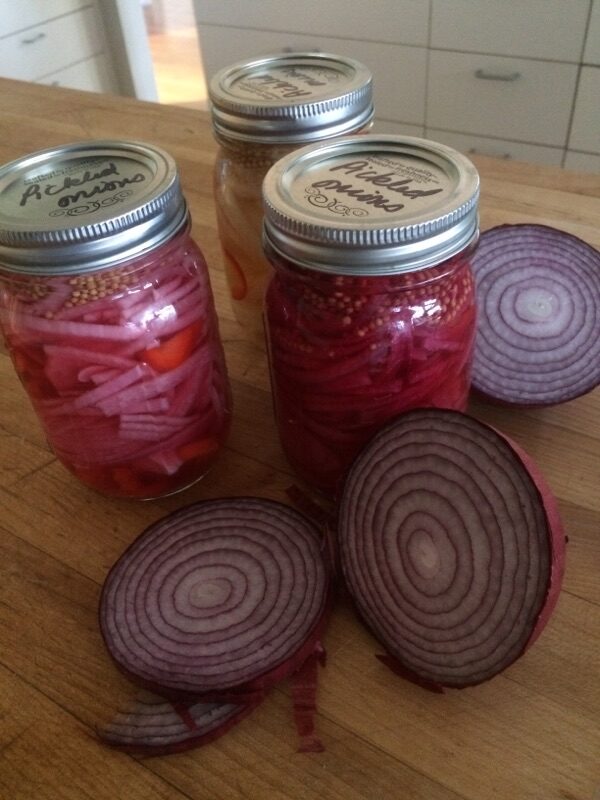A lawn is like the wall-to-wall carpet of your yard; it provides softness underfoot, holds up well to traffic, and ties the place together. And although a lawn may not be as low-maintenance as a carpet, some key tips can help you to work less and enjoy more.
The blade
In what type of soil is your grass growing? If you’re putting in a new lawn, invest in a soil test and give your soil what it needs. If you have an existing lawn, aerate each spring and then top-dress with compost. Good soil creates a low-demand lawn.
Some thoughts about grass selection: Fescues don’t need to be coddled as much as bluegrasses do, but they don’t recover as quickly when worn down by traffic. Some fescues and ryegrasses feature endophytes, which are beneficial fungi that resist diseases and insects and help the grass to tolerate drought and heat.
The mow
Set your mower height to cut just the upper third of the grass blade. Grass cut too short can suffer from moisture loss and is more prone to weed and bug problems. Cut with a sharp mower blade and only once the grass is dry. And about those grass clippings? Consider them nature’s fertilizer and mulch. A mulching mower is a great way to get away from the mowing/bagging fandango, and your lawn will be healthier, too.
The inch
Water your lawn once a week, but allow it to receive 1 inch of water when you do use the sprinkler. (To accurately measure this amount, plunk down a tuna fish can before you turn on the water.) Watered in this way, your grass will thrive because roots will grow down into the soil, rather than being encouraged to remain near the surface. Healthy grass equals less heat stress and fewer bug and weed problems.
The food
Your lawn only needs one or two fertilizer treatments a year. That’s it. Apply a slow-release fertilizer high in nitrogen; the ideal time for this is late fall. Why? Because grass is still green but has stopped growing. The sugars in the grass will be stored up in the crown and down in the roots, which means that the lawn will be stronger through winter and quicker to green up in the spring. And, by the same token, rake up fallen leaves each week. The grass still needs sunlight to carry out photosynthesis.
Content Provided by Spot55.com

















